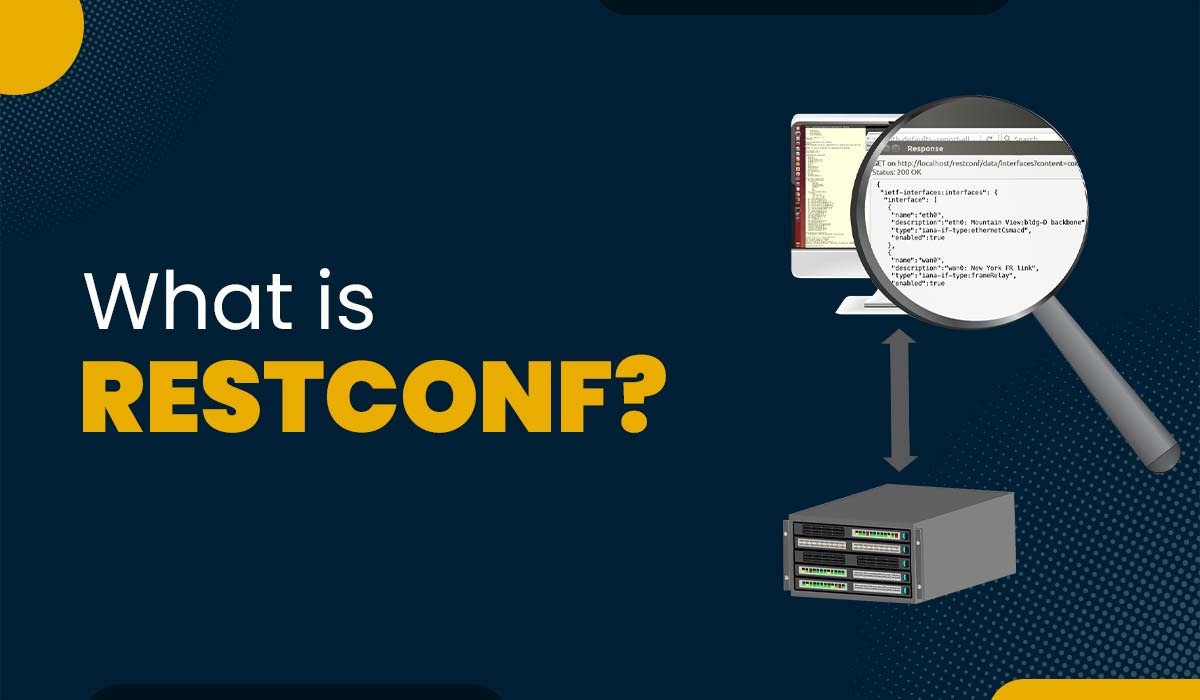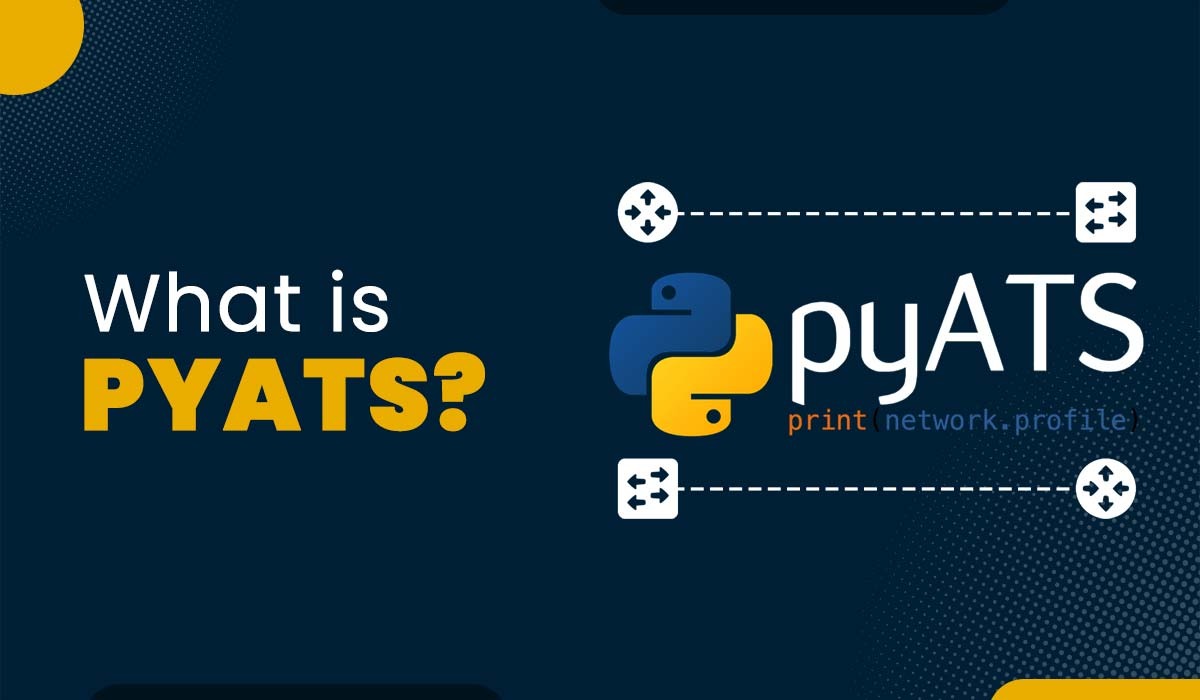What is Frame Relay in Computer Network?
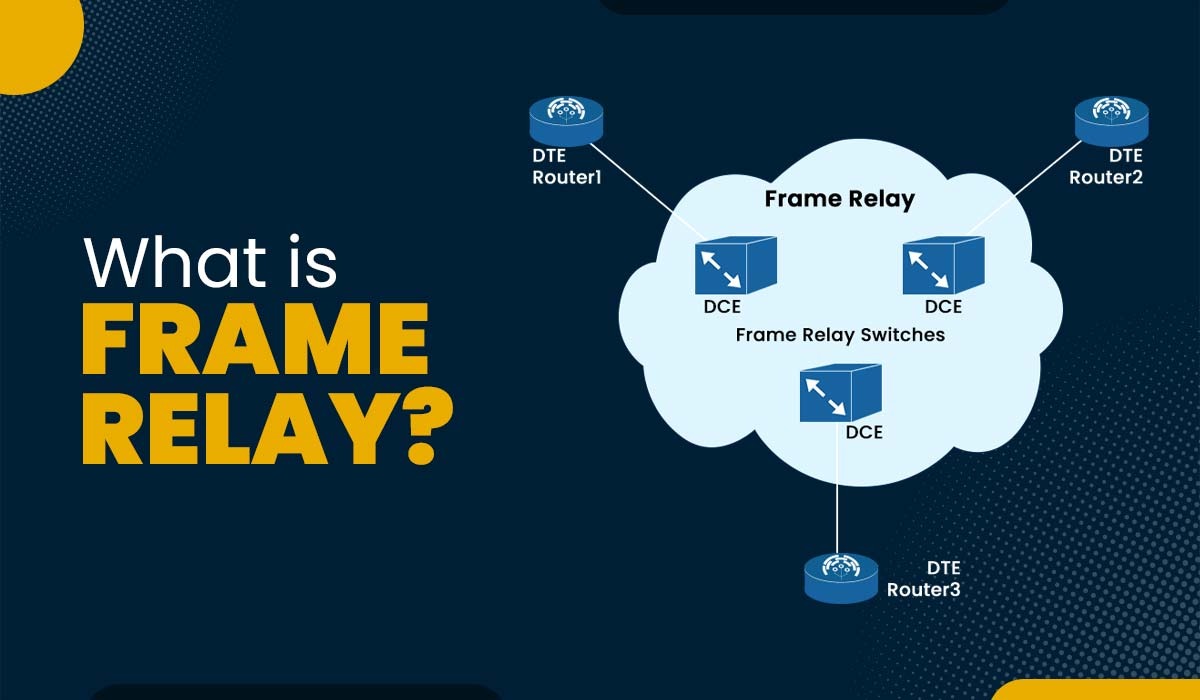
In computer networks, data communication is crucial for many applications as well as services. Data communication is the data transmission process over a network between multiple devices. It is important to note that various devices support different data formats, transmission speeds, and protocols. Hence, there is a need for a common network technology that assists every device and makes data communication possible. Frame relay is one such network technique. But what is Frame Relay? In this blog, we will discuss the meaning of frame relay, its working, the layers at which it operates, and its benefits and drawbacks. Frame relay in computer networks is a packet-switching technology that mainly operates at the data link layer. Using virtual circuits, it enables a single router to link many faraway locations. It inserts data into a frame. In a frame relay network, user equipment configuration is relatively straightforward. It is one of the best options for connecting local area networks using a wide area network because it offers excellent services like connection-oriented link-layer service and has properties like non-duplication of frames, preservation of the frame data transfer order, and small probability of frame loss. It was first introduced in the 1990s and widely adopted by the WAN service. It supports all forms of traffic, including audio, video, and others. It also provides superior performance and cheaper costs than leased lines and X.25. It is also compatible with both MPLS and ATM, which are known as WAN technologies. Due to the introduction of more modern technologies like Ethernet, VPN, DSL, and cable modems, which provide higher bandwidth, better security, and greater flexibility, it has lost some of its popularity in recent years. However, some enterprises still use frame relay even though it is no longer the most widely used WAN technology because they have traditional hardware or applications that need it. Before getting into the working of frame relay, let’s first understand its frame format in detail. As you can see in the image, we have shown the frame relay frame format. The frame relay frame consists of 3 main parts: the header and address area, the user data portion, and the frame check sequence (FCS). Let’s first understand the address. It contains information such as: DLCI: DLCI or Data link connection identifier. A 10-bit space that indicates the virtual circuit between the source and destination nodes. As one can see in the picture above, it is separated into two parts, i.e., 6 bits and 4 bits. C/R: The C/R field is a command/response bit that is used for control frames. EA: When the DLCI value in the default Frame Relay header is insufficient to identify a virtual circuit accurately, the Extended Address field is utilized. Congestion Control: It is further divided into three parts. These are: Flag: The flag field is an 8-bit pattern that marks the beginning and end of a frame. FCS: FCS or Frame check sequence guarantees the integrity of the data that is transferred. The source device computes this value to ensure transmission integrity, which the receiver then verifies. Now that we have a better understanding of the frame. Let’s move on to its working. Below, we have explained the working of frame relay in computer networks. The two layers of Frame Relay are – Data packet framing, addressing, multiplexing, error detection, and congestion management are all done at the data link layer. It also specifies the logical connections known as virtual circuits that enable device communication across a common media. Data packets are encapsulated in frames, which employ DLCIs to identify virtual circuits. The establishment, maintenance, and termination of the physical connection between devices are within the responsibility of the physical layer. Additionally, it describes the transmission medium‘s mechanical and electrical properties, including the cables, connections, and voltage levels. Different physical layer protocols, including T1, T3, ISDN, fiber optics, etc., are supported via frame relay. It also supports ANSI standards. There are mainly two types of virtual circuits, these are: PVC (Permanent Virtual Circuits): PVCs are permanent connections usually preconfigured by the ISP or network administrator. When we talk about their utilization, these are mostly used for frequent and predictable data transmission between nodes that require low latency and better bandwidth. One such example of PVC is when two branches of the same company located at a long distance call each other. SVC (Switched Virtual Circuits): SVCs, on the other hand, are temporary connections mainly used for occasional and unpredictable data transmission between nodes. In contrast to PVCs, these are used by nodes that do not require low latency and bandwidth. An example of SVC is when someone downloads a file from a server or website; there is a temporary connection between the user and the server. Once the file is downloaded, it is closed. We have discussed the working as well as the architecture of the frame relay. Now, let’s focus on the advantages and disadvantages associated with it. Frame relay has advantages over other packet-switching methods, including: Some of the disadvantages are: Instead of transmitting packets via the network’s physical interfaces, frame relay is a technology that employs virtual circuits to transfer them through frame relay switches. Some of the features of frame relay are: Frame relay operates at both layer 1, i.e., the physical layer, as well as layer 2, i.e., the data link layer of the OSI reference model. Frame relay and MPLS are both WAN technologies that use labels to route packets. Frame relay is a layer 2 technology that uses DLCIs as labels and operates over a virtual circuit. MPLS is a hybrid of layer 2 and layer 3 that uses multiple labels and operates over a label-switched path. It is cheaper and more straightforward than MPLS, but MPLS offers more features such as QoS, traffic engineering, and scalability. Frame relay in computer networks is crucial to connecting LANs and transmitting data across WANs. In this blog, we have covered a detailed explanation of what is frame relay along with its working. We have discussed the advantages and some of the disadvantages of using it and covered most of the important aspects related to it. After 2016, Cisco reduced emphasis on Frame Relay but it is still an important covered in CCNA Course as it covers key networking basics.Introduction
What is Frame Relay in Computer Network?
History of Frame Relay
Frame Relay Frame Format
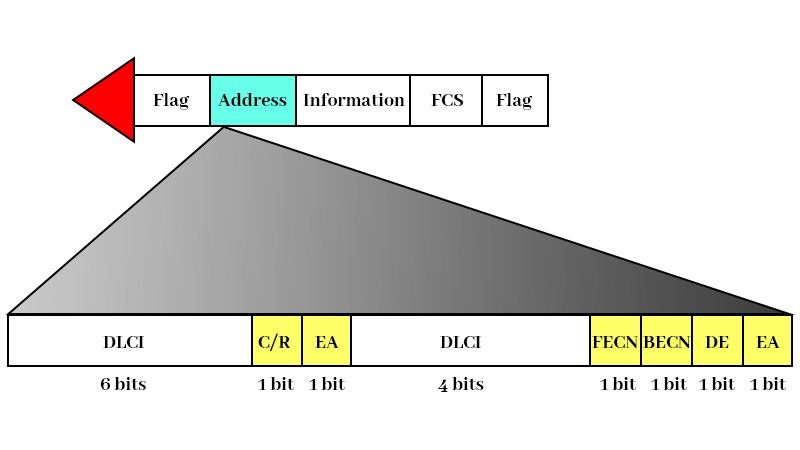
How does Frame Relay work?
Frame Relay Layers
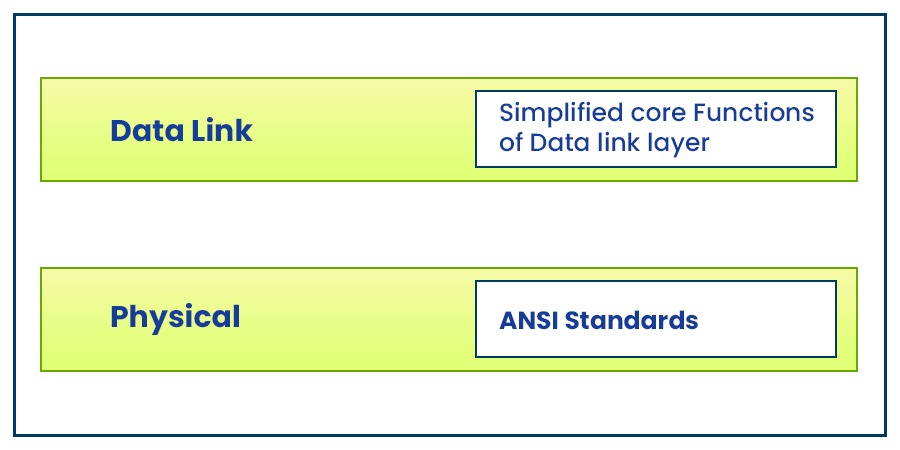
Data Link Layer
Physical Layer
Frame Relay Architecture
Advantages of Frame Relay
Disadvantages of Frame Relay
Frequently Asked Questions
Q1 – What is a frame relay?
Q2 – What are the features of frame relay?
Q3 – Is frame relay Layer 2 or 3?
Q4 – What is frame relay vs MPLS?
Conclusion

